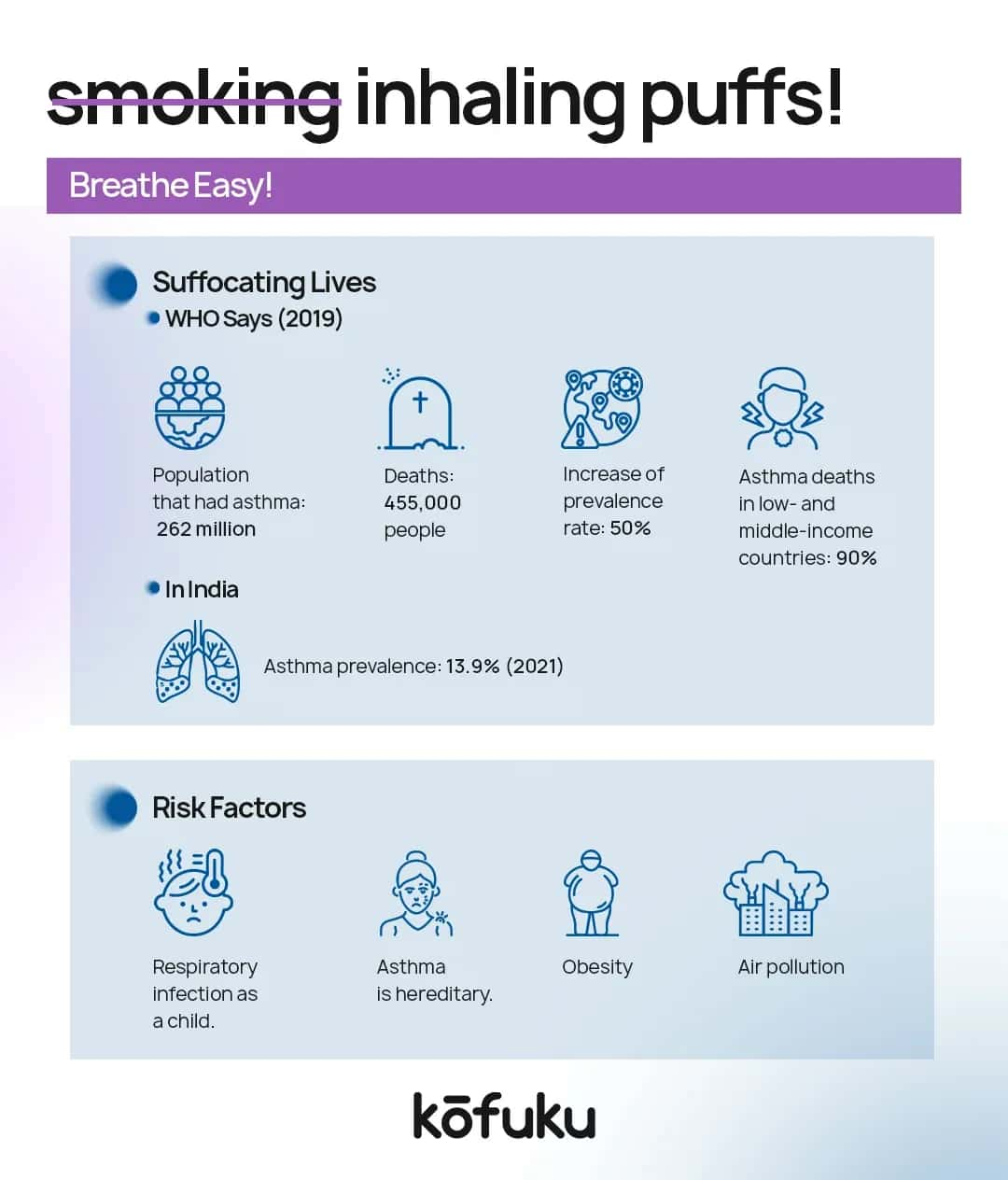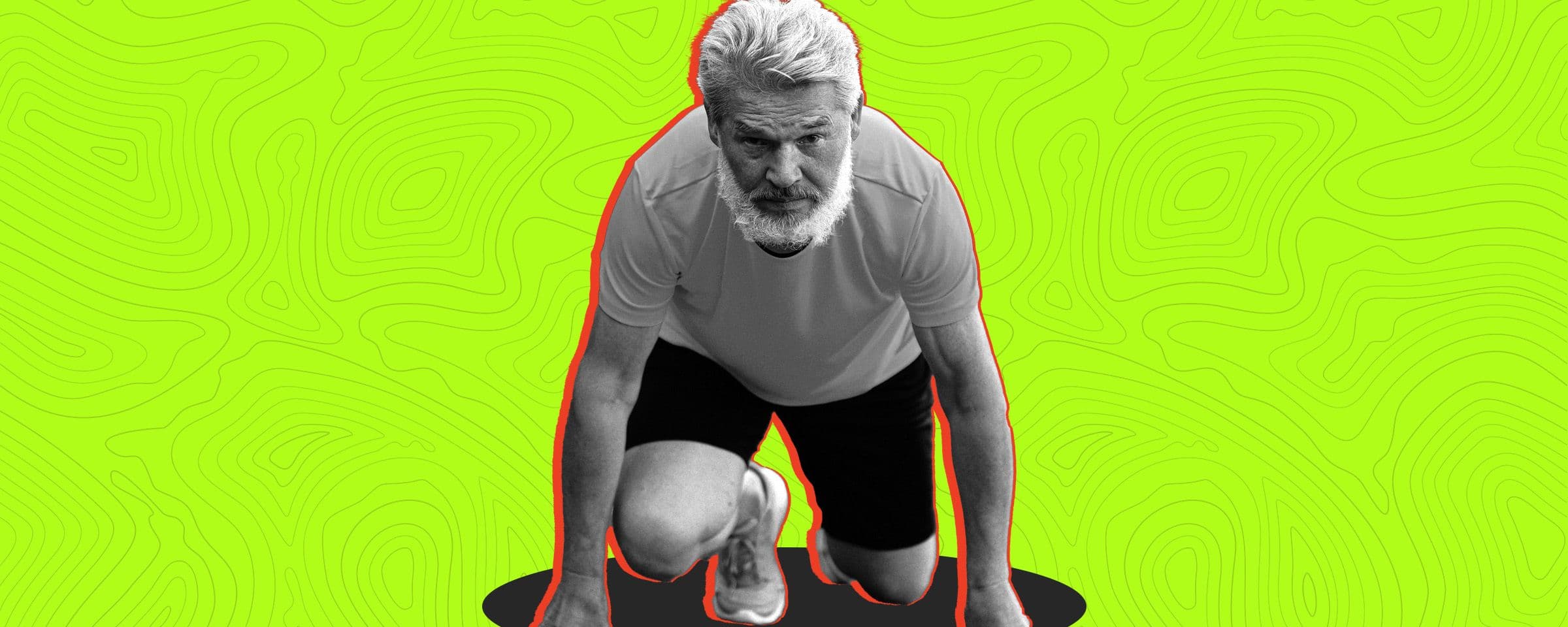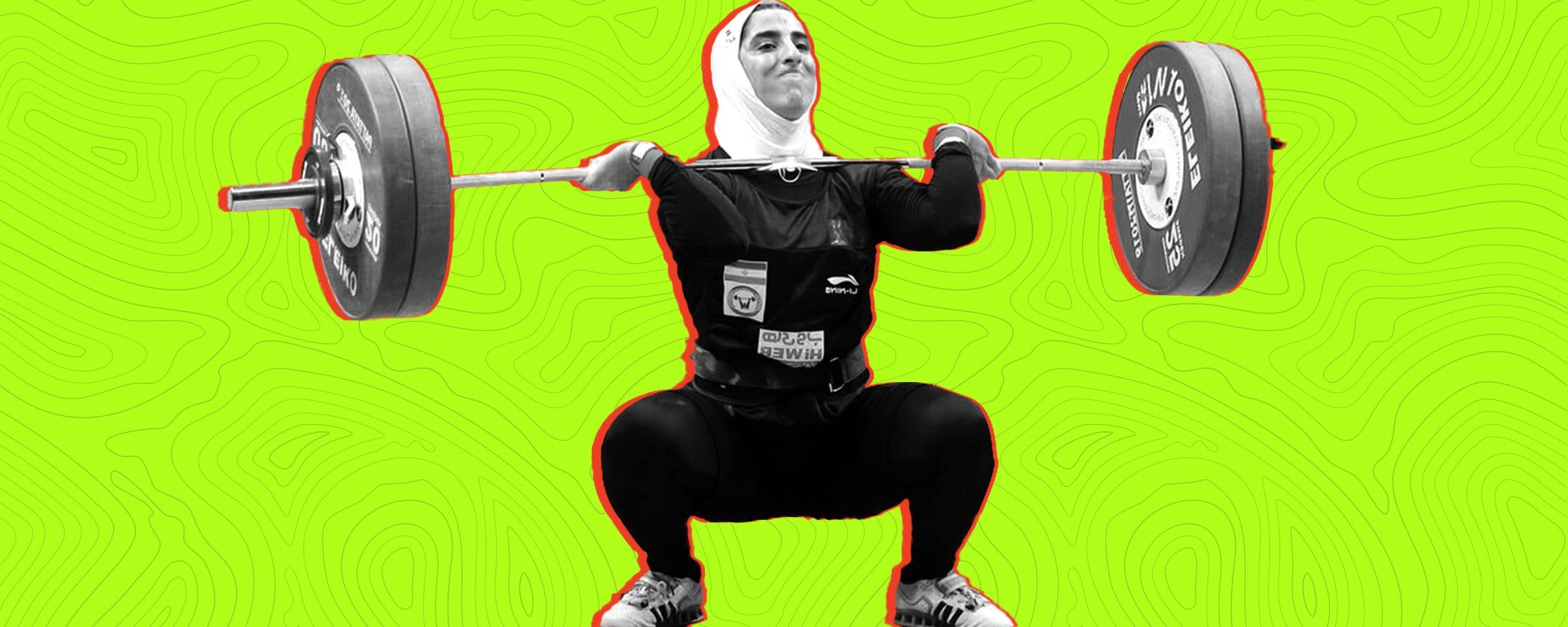10 Things to Do at Home During an Asthma Attack


Introduction
If you’ve ever had an asthma attack, you know how terrifying it can be. That sudden feeling of tightness in your chest, struggling to breathe and the panic that follows. It’s like a package you would never want to buy. But knowing exactly what to do at the right moment could be a saviour.
So, if you ever find yourself in the middle of an attack or on the verge of it, here are 10 steps to take during an asthma attack at home.
1. Stay calm - I know what I am asking would be difficult at the time, but stress and anxiety can actually make things worse by tightening your chest muscles even more. Try to focus on slowing down your thoughts. Take deep and steady breaths; you've got this!
2. Use your inhaler - I am aware I don't need to tell you this, but in a state of panic you might need help. Grab the closest inhaler that is there and take two puffs, hold for about 30-60 seconds and take another. If you don't feel it’s working take another but always remember not to overuse it.
3. Move away from the triggers - They don’t just trigger your asthma but can also make the symptoms worse. It could be triggered by dust, smoke, breathing in cold air, strong perfumes or the smell of chemicals (ammonia, sulphur, etc).
4. Sit up straight - Lying down can make it harder to breathe. Instead, try this position, sit up straight making yourself comfortable and breathe in - breathe out.
5. Try warm water or caffeinated drinks - Warm water can help loosen the mucus present and make it easier to breathe. If you don't wish to drink plain water, try caffeinated beverages such as coffee or black tea, as they also help your airways a bit.
6. Try a steam inhaler - If you don't have one, you can easily get it from online stores a quick thing would be to take deep steam with the help of a bowl or take a warm shower, which can also clear your passage. But remember, it does not work for all, so if you feel it's making your symptoms worse, immediately abort the plan.
7. Breathing exercises - Try some new breathing techniques such as Buteyko breathing, pursed lip breathing or yoga breathing techniques ( pranayama). This will help you control your breathing and make it more effective.
8. Loose clothes - It’s best if you wear loose fit clothes or change into one when you can feel difficulty breathing. Small changes can also make a huge difference.
9. Call for help - If none of these are working out for you and you’re struggling to speak, feeling dizzy, or turning blue, call the ambulance immediately. Asthma can escalate so quickly that you wouldn’t even believe it. So don’t wait too long for help.
10. Have someone close to you - If you suffer from severe asthma, it is advisable you live with someone always. Staying alone can be difficult since you need to manage yourself and the situation at home. When someone is there, you can get rushed to the hospital quicker or use these remedies.

Asthma attack first aid
It was estimated that 34.3 million Indians had asthma in 2019, which is 13% of the world's asthma cases. Therefore, it is beneficial if everyone is aware of what asthma is and how we can manage if our friends and loved ones are suffering from it.
Call for help immediately -
-
If the person is not breathing
-
Their asthma gets worse even after trying all the remedies
-
Without an inhaler or reliever medication around the house
-
Suffers from anaphylaxis (allergic reaction)
Preventive measures
As the saying goes, “Better to be safe than sorry”, you can apply the same phrase for preventing an asthma attack. Always remember to follow these checklists for happy, calm breathing.
Primary
-
Wherever you are located keep the ambulance/ emergency on speed dial
-
Keep your family or health provider’s contact
-
Extra inhaler by your side (always keep it full)
-
Take your medication on time even if you haven’t had an attack for a while
-
Description of triggers and avoid them
-
Keep your house clean
-
Reduce exposure to germs
Secondary
-
Stay inside or keep your windows shut if the air quality is poor
-
Quit smoking or second-hand smoke
-
Avoid bonfires
-
Allergic to animals or keep them outside your bedroom
-
Plant-based diet
-
Natural supplements (vitamins C, D, and E)
-
Keeping an asthma diary

Conclusion
Asthma attacks can be scary but knowing what to do can make all the difference. The key is basically to act quickly and stay as calm as possible. It is easier said than done, but following your asthma action plan would make it much more manageable.
If you are unsure about your triggers and symptoms, consult your doctor so you’re always prepared. Breathe easy and take care of yourself!
FAQs
What should I do if I’m experiencing an asthma attack at home?
Look for your inhaler and stay calm, try taking deep breaths and focusing on one thing. If you’re without your inhaler sit up straight and drink warm water and try breathing exercises.
What are the common triggers for asthma attacks?
The most common triggers are dust, smoke, strong perfumes or chemicals. This will sound weird to people who don’t know but dry cold air exists and is a triggering factor.
When should I seek emergency medical attention?
If none of the suggested 10 steps work out for you and you see your nails and face turning blue it is highly recommended you call up an ambulance or a family member.
What is the 4x4x4 rule for asthma attacks?
It is a simple guideline to use the inhaler during an attack. Take 4 puffs of your inhaler, wait 4 minutes, and repeat the process up to 4 times if needed.
But if symptoms don't improve, seek help immediately.
How can I prevent asthma attacks?
There is no guarantee for prevention but you can try taking caffeine, cleaning your house regularly, having a healthy green diet with nuts, taking natural remedies and prescribed medication, keeping a normal weight and avoiding triggers.





